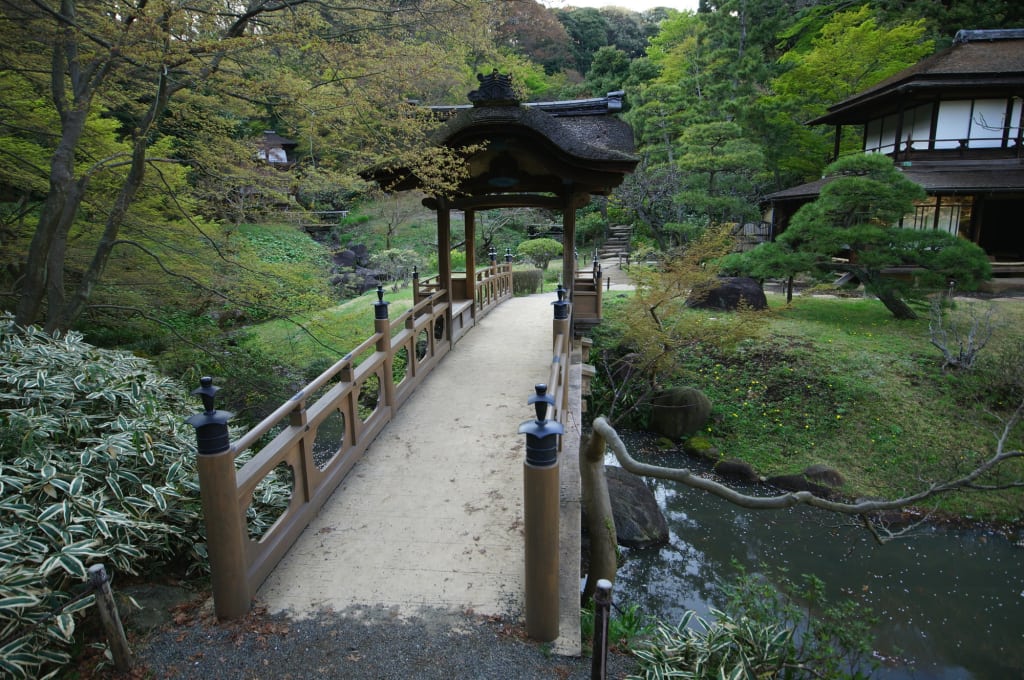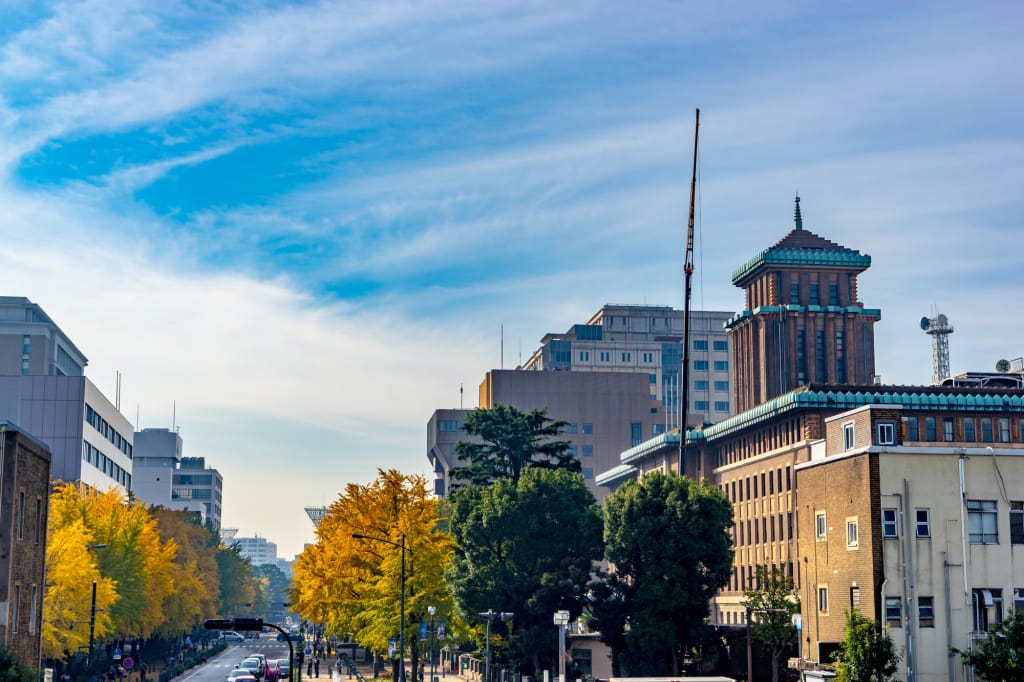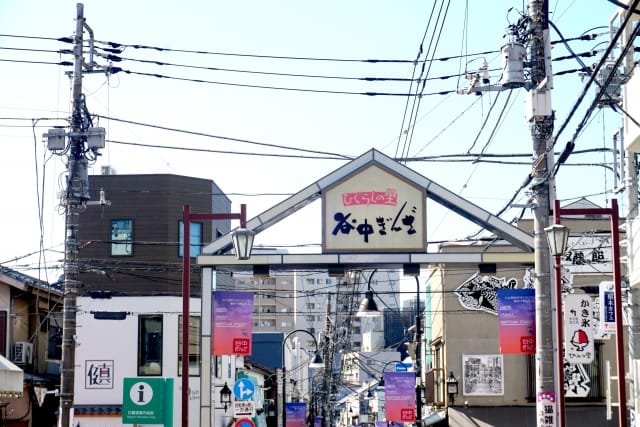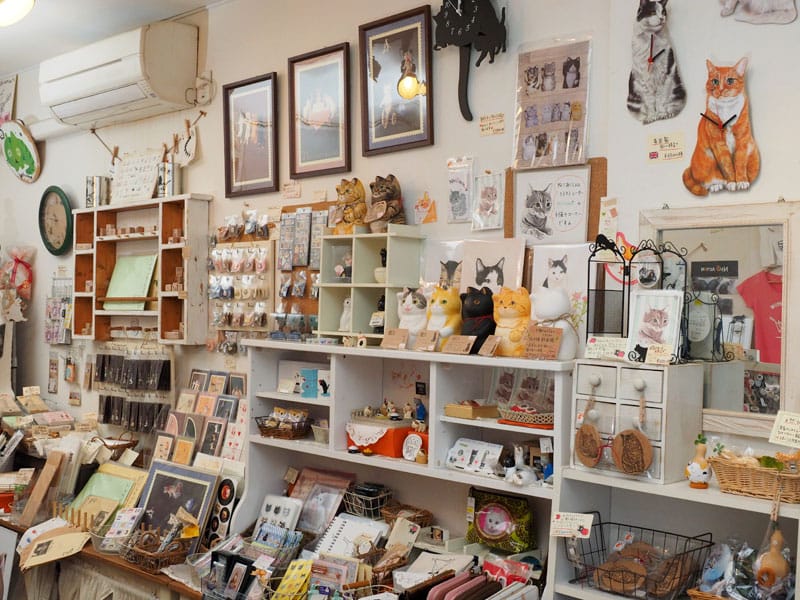Sankeien: Photogenic Spots in Yokohama
Yokohama is an international port town facing Tokyo bay and is the third largest city in Japan. Yokohama is located southwest of Tokyo and can be accessed from Tokyo with a 30-minute train ride. It opened its port to international trade after a long period of isolation in 1859. As a result, Yokohama evolved into an exotic town where Japanese, Western, and Chinese cultures intermingle. Yokohama boasts plenty of photogenic sightseeing sites, including theme parks, historical sites, and vantage points with spectacular views both day and night. In this article, we’ll introduce Sankeien, a beautiful Japanese garden.
Also check out “Top 10 Photogenic Spots in Yokohama” if you want to learn about other sites in Yokohama with history, culture, and breathtaking views.
Overview of Sankeien
Sankeien is an expansive Japanese garden established in 1906 by Sankei Hara, a tea practitioner and entrepreneur who made a fortune through the trade and sale of silk and other fibers. Sankeien is the perfect place to experience Japanese culture – among the beautiful garden grounds there are 17 historical structures, including 10 important cultural assets that were transferred from Kamakura and Kyoto. The collection of buildings includes a three-story pagoda and main hall from a 14th to 16th century temple, a home with a traditional thatched roof, and a historic tea house, among other buildings. The garden is dissected by a path that snakes around the garden, allowing visitors to cherish essential elements of a Japanese garden, such as the garden pond and flora. Sankeien is also a famed location to see plum, cherry blossom, and azalea flowers and autumn foliage. Cherry blossoms, in particular, are a sight to behold. At peak bloom, the garden extends park hours, so that guests can view the lit-up flowers and three-story pagoda at night. The park also has cafés, where guests can sample Japanese cuisine and tea, while viewing the beautiful landscape. Finally, the park contains a memorial museum exhibiting various documents and artifacts from Sankei Hara, the park founder.
Photogenic Spots in Sankeien: Views of Historical Architecture from Teisha-bashi

Teisha-bashi is a general term for a bridge with a roof and observation deck. The Teisha-bashi at Sankeien has a panoramic view of both Choshukaku and Rinshunkaku and serves as a focal point of the garden. It is said that Sankei Hara designed the Teisha-bashi modeling the Kanzukidai at Kodaiji in Kyoto. Visitors can sit and rest at the middle of the bridge. While the location will allow visitors to take scenic photos throughout the four seasons, we recommend waiting for the autumn foliage. These days, newly wed couples often pose for a photoshoot at the bridge after hosting the ceremony at Kakushokaku, another building within Sankeien.
Photogenic Spots in Sankeien: Former Tomyoji’s Three-Story Pagoda – Dazzling Blend With Nature
The pagoda was constructed in the 15th century and moved from Tomyoji (established in the 8th century by the order of Emperor Shomu) in Kyoto in 1914. At that time, Tomyoji was in decline, so the founder of Sankeien purchased the pagoda. The pagoda is the oldest wooden structure in the Kanto region. The 23.9-meter-tall pagoda stands atop a central hill and visitors can spot the symbolic pagoda from all areas of the park. It is also a designated important cultural asset. The tower blends seamlessly into the surrounding garden that changes with the seasons. Visitors can observe the varying expressions of the pagoda that change with the time of day and location.
What is Yokohama?

The international port town of Yokohama is a popular sightseeing town with good access from Tokyo. Yokohama station stands at the center of Yokohama city, with access to numerous local train lines and shopping facilities. Yokohama is a great place for photo enthusiasts with photo opportunities in the Minatomirai area, which is home to the 296-meter tall Yokohama Landmark Tower; the world’s largest Chinatown; Yamashita Park, where visitors can overlook traversing ships against the backdrop of the Bay Bridge; and the Kannai area where historical architecture remain.
Access to Yokohama
- From Tokyo Station: approximately 30 minutes on the JR Tokaido, Yokosuka, Keihin Tohoku, or Shonan Shinjuku Lines.
- From Shibuya Station: approximately 30 minutes on the JR Shonan Shinjuku Line towards Zushi.
- From Haneda Airport: 30 minutes on Limousine Keihin Express Bus
22 minutes on Keihin Express
Consider the Following Tour If You’re Heading to Yokohama
Romantic Kimono Photoshoot – Yokohama Tour
The tour will start at Sankeien, where you’ll get a taste of Japanese culture while wearing a kimono. After, the tour will head to Yamashita Park for a leisurely stroll and scenic views of Minatomirai and the surrounding port area. The tour will finish at Osanbashi around sunset/nightfall, when you’ll be treated with breathtaking views.



